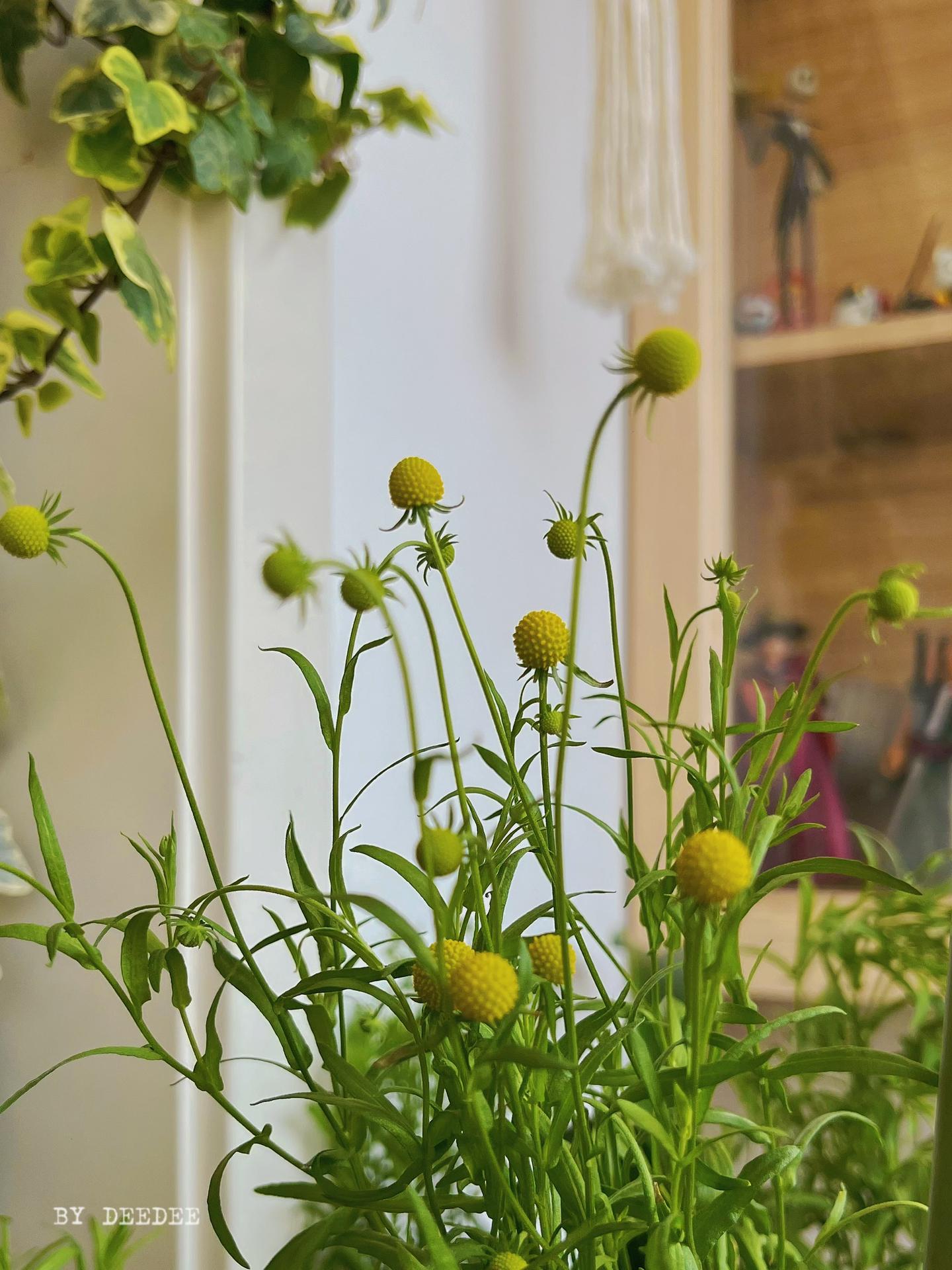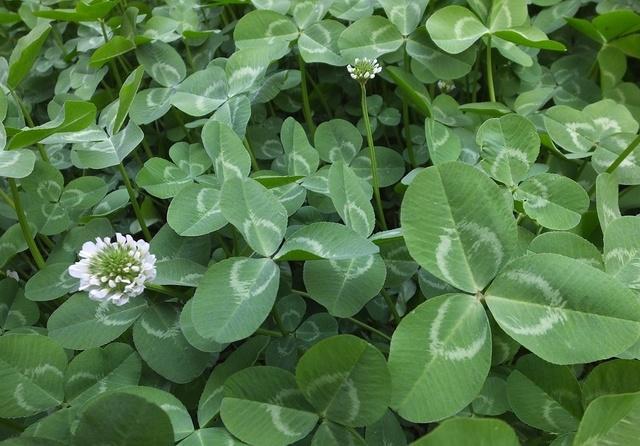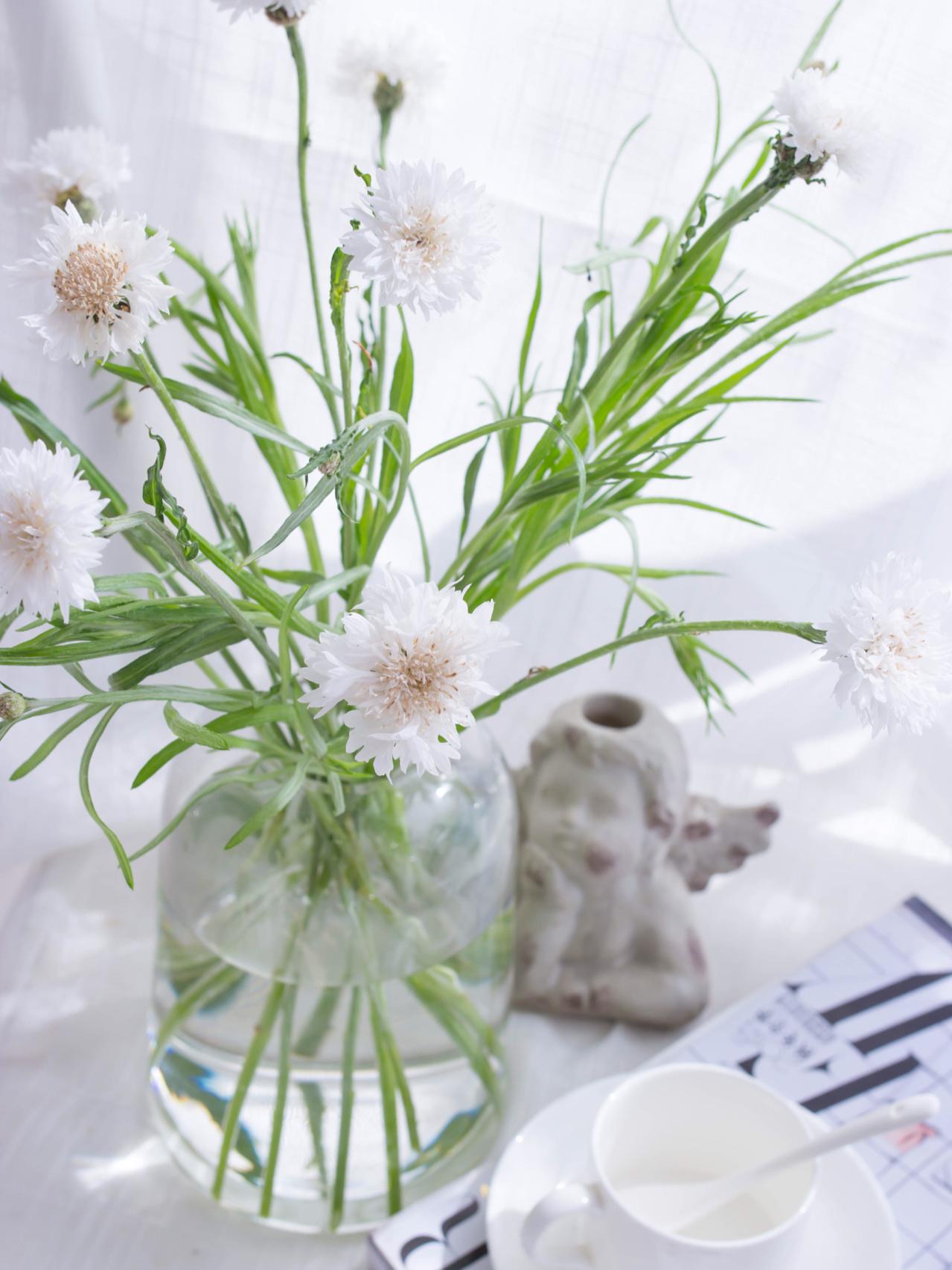Once upon a time, in a dense tropical rainforest, there lived the exotic Guzmania plant. With its vibrant colors and unique shape, Guzmania became the envy of all the plants. One day, a mischievous toucan accidentally knocked over a bucket of water, drenching Guzmania. Instead of wilting, Guzmania transformed into a magical fountain, sprinkling joy and laughter to all creatures of the forest. From that day forward, Guzmania became a symbol of resilience and brought happiness wherever it grew. Its captivating tale continues to inspire awe and wonder, reminding us that beauty can emerge from unexpected circumstances.
Picture
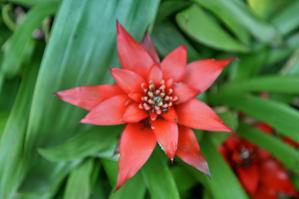
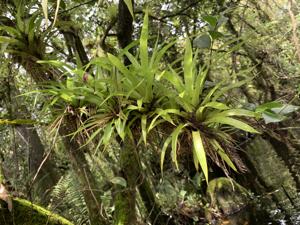
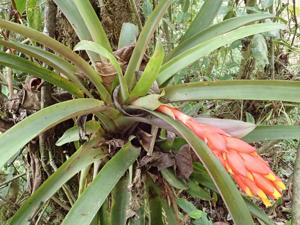
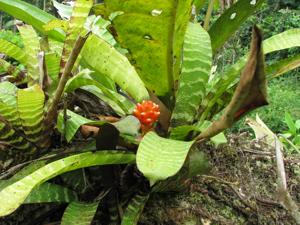
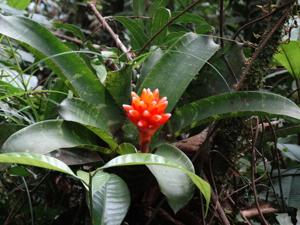
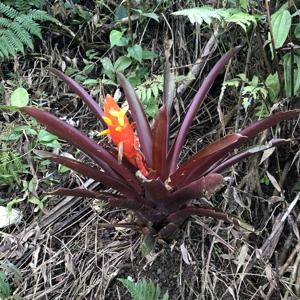
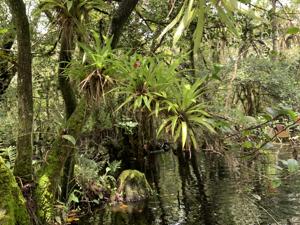
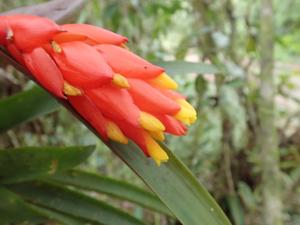
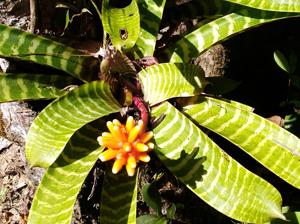
Plant some seeds now!
Short Description
Guzmania (tufted airplant) is a genus of over 120 species of flowering plants in the botanical family Bromeliaceae, subfamily Tillandsioideae. They are mainly stemless, evergreen, epiphytic perennials native to Brazil, southern Mexico, Central America, and northern and western South America. They are found at altitudes of up to 3,500 m (11,483 ft) in the Andean rainforests.
The genus is named after Spanish-Ecuadorian pharmacist and naturalist, Anastasio Guzmán [es].
Several species of this genus are cultivated as indoor and outdoor garden plants. The best known is Guzmania lingulata (scarlet star) which bears orange and red bracts.
The plant dies after it has produced its flowers in summer, but new plants can easily be propagated from the offsets which appear as the parent plant dies. They are epiphytes and can do well if tied on to pieces of bark with roots bound into sphagnum moss.
Guzmanias require warm temperatures and relatively high humidity. The ascomycete fungus Cochliobolus sativus and other pathogens can cause fatal root rot in plants of this genus if the roots get too wet and cold.[citation needed]

